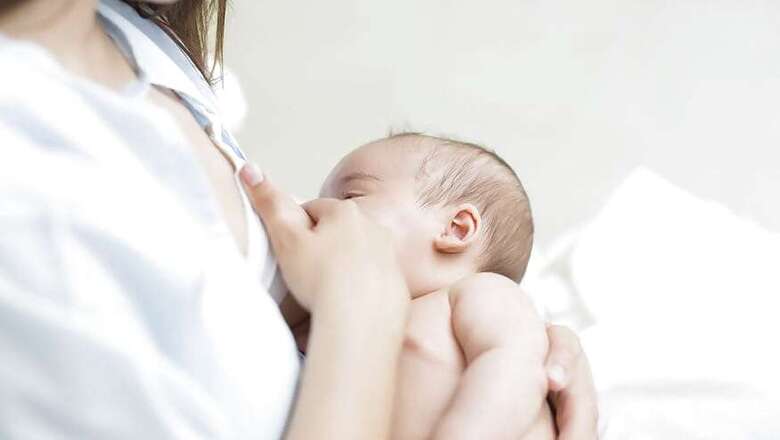
views
Breastmilk of nursing mothers who eat foods that commonly cause allergy, such as milk, eggs, peanut, tree nuts, soy, wheat, fish and shellfish during pregnancy can help protect newborns from developing food allergies, suggests a new research.
The mouse study, led by the University of Michigan, showed that when a nursing or pregnant mother is exposed to a food protein, it combines with her antibodies, which are transferred to the offspring through breastfeeding.
The food protein-antibody complexes are then introduced to the offspring's developing immune system, triggering the production of protective T immune cells that suppress allergic reactions to the food.
These protective cells also persist after antibodies from the mother are gone, promoting long-term tolerance to the food.
The findings support the recent allergy prevention guidelines, which reject prior advice urging mothers to avoid high allergic foods during pregnancy or while breastfeeding.
"This controlled study shows that mothers should feel free to eat a healthy and diverse diet throughout pregnancy and while breastfeeding," said James R. Baker, Professor at the University of Michigan.
"Eating a range of nutritious foods during pregnancy and breastfeeding will not promote food allergies in developing babies, and may protect them from food allergy," Baker said.
The study, published in the Journal of Experimental Medicine, showed that breast milk from mothers who consumed allergenic foods protected against food allergy, preventing anaphylaxis as well as production of immunoglobulin E and expansion of mast cells, both hallmarks of an allergic response.
Breast milk was found protective even when fed to unrelated offspring not exposed to food allergens in utero.
In other experiments, mothers who had never consumed allergenic foods were given food-specific antibodies from other mothers. This, too, protected their breastfed offspring.
Human breast milk, fed to mice with humanised immune systems (tailored to respond to human antibodies), was also protective, suggesting that the mouse findings may translate to human infants.











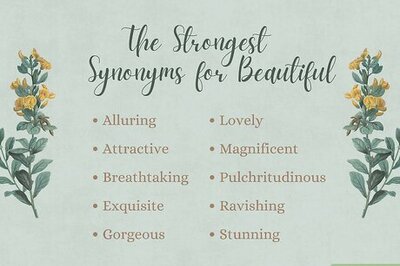


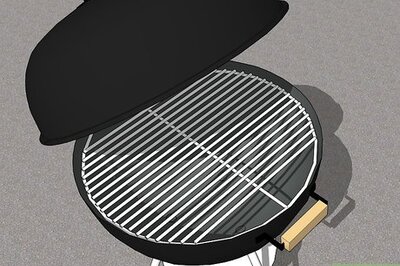


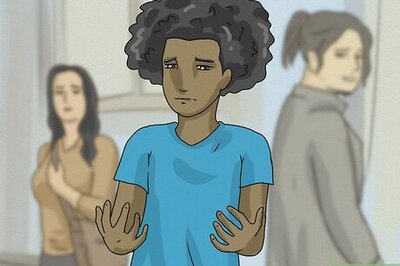

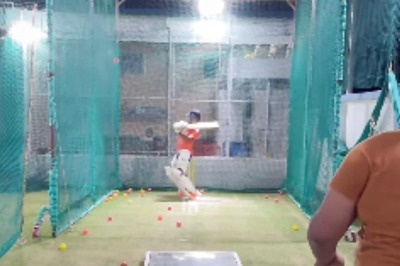
Comments
0 comment